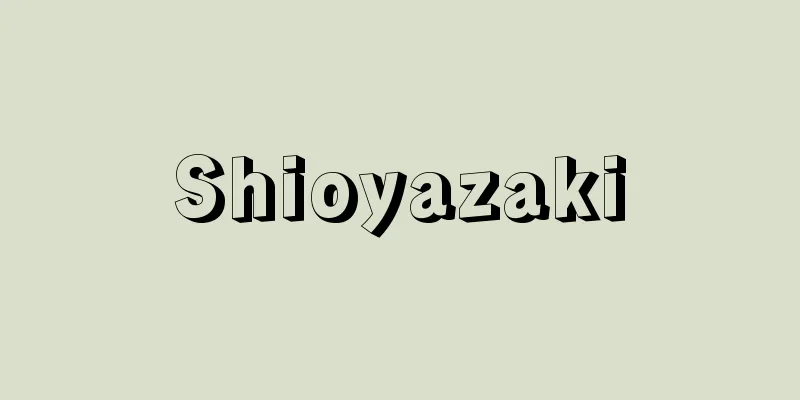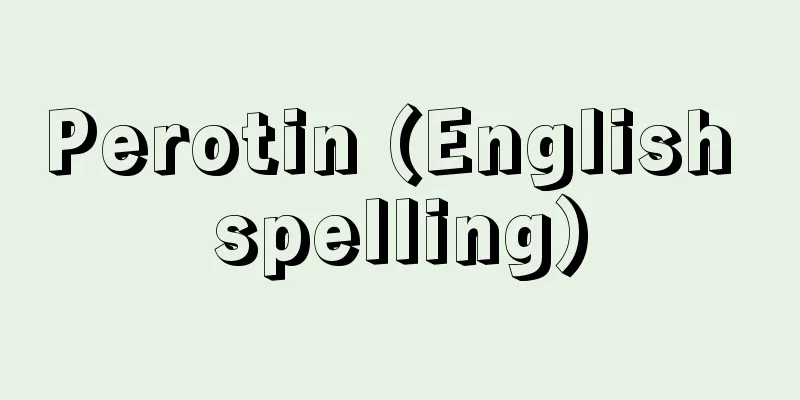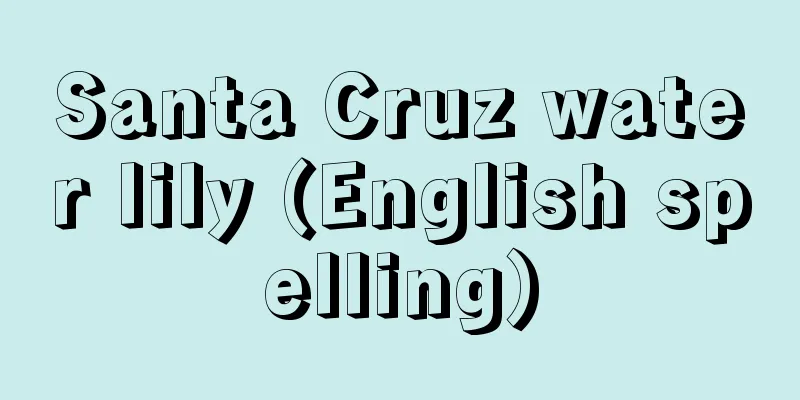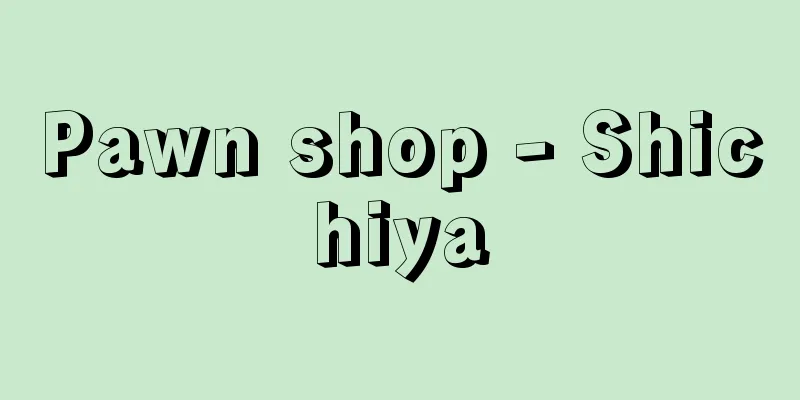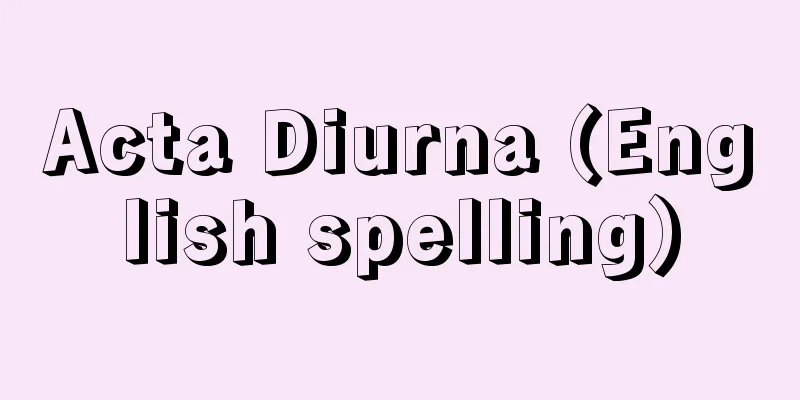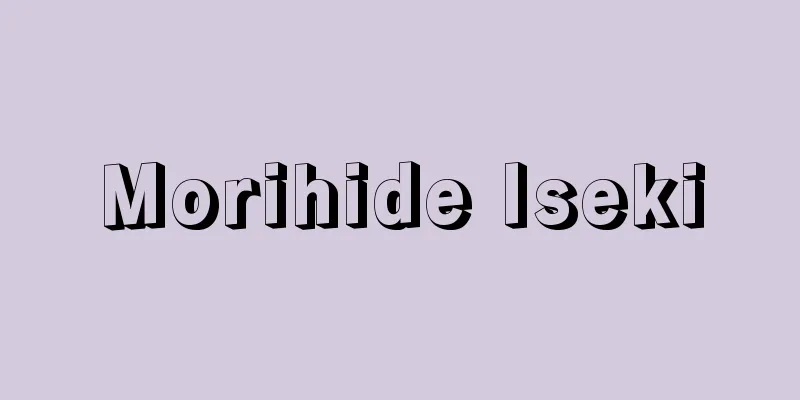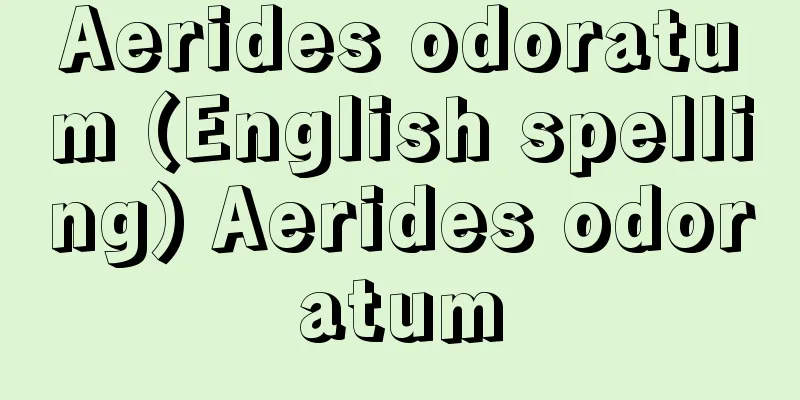Blueprint - Aojashin
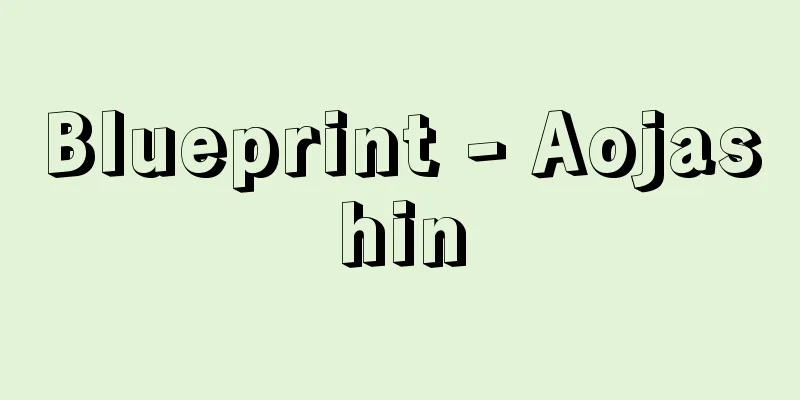
|
A type of copying method that uses chemically sensitive materials. Also called cyanotype. Invented by Herschel in England in 1842. It is the oldest and cheapest method of this type, and has been widely used to copy blueprints for civil engineering, architecture, machinery, etc. Ferric salt and ferric iron salt (potassium salt) are used as the photosensitive materials. When exposed to light, the ferric salt changes to ferrous salt, which combines with ferric iron salt to form ferrous ferricyanide. This turns Turnbull's blue. The copying method involves placing the original tracing paper on top of the photosensitive paper and exposing it to light using an arc lamp or high-pressure mercury lamp. Ferrous ferricyanide is not water-soluble, so when washed with water, the unexposed parts dissolve and appear as white lines on a blue background, that is, as a negative image. When this is dried, the blueprint is completed. Due to the inconvenience of it being difficult to see the writing on the blue background and the need to wash and dry it, it is now rarely used in practice due to the development of copying technologies such as diazo copying and plain paper copiers (PPCs). Diazo copying uses diazo compounds, which are easily decomposed by light, as the photosensitive material. These compounds combine with phenols in an alkaline state to become azo dyes (which can produce a variety of colors, including red, black, and sepia). Furthermore, photodecomposed diazo compounds do not react with phenols. This property makes it possible to directly obtain a positive image from a positive original on tracing paper. Methods vary depending on the type of diazo compound or phenol, developer, and development method used, but can be broadly divided into wet and dry methods. However, since there is no washing process, the trouble of drying is eliminated. Photodecomposed diazo compounds are colorless, so colored lines remain on a white background and are stable to light. [Yoshio Tamakoshi] [Reference item] |Source: Shogakukan Encyclopedia Nipponica About Encyclopedia Nipponica Information | Legend |
|
化学的感光材を用いる複写法の一種。シアノタイプともいう。1842年イギリスのハーシェルにより発明された。この種の方法としてはいちばん古く、安価であり、土木、建築、機械などの図面の複写に多用されてきた。感光材料として第二鉄塩と赤血塩(カリウム塩)が使用される。露光すると第二鉄塩は第一鉄塩に変化し、赤血塩と結合してフェリシアン第一鉄となる。これがターンブル青に発色する。複写方法としては、トレーシングペーパーの原図を感光用紙の上に置き、アーク灯や高圧水銀灯などで露光する。フェリシアン第一鉄は水溶性でないので、水洗いすると露光しなかった部分が溶けて青地の中に白線として、つまり陰画として現れる。これを乾燥すれば青写真ができあがる。青地部分への書き込みが見にくいことや、水洗い、乾燥という操作をしなければならない不便な面もあって、現在ではジアゾ複写や普通紙複写機(PPC=Plain Paper Copier)などの複写技術の発達により、実務として利用されることはほとんどなくなっている。 ジアゾ複写は、光分解反応をしやすいジアゾ化合物を感光材に使う。この化合物はアルカリ状態でフェノール類と化合してアゾ染料(赤、黒、セピアなど各種の発色が可能)となる。また、光分解したジアゾ化合物はフェノール類には反応しない。この性質のためにトレーシングペーパーのポジ原稿から直接陽画を得ることができる。その方式は、ジアゾ化合物やフェノール類の種類、現像剤や現像方法の違いによってさまざまであるが、大別すれば湿式と乾式とがある。ただし、水洗いの過程がないので乾燥の手間は省かれる。光分解したジアゾ化合物は無色なので、白地の上に色線が残り、光に対しても安定している。 [玉腰芳夫] [参照項目] |出典 小学館 日本大百科全書(ニッポニカ)日本大百科全書(ニッポニカ)について 情報 | 凡例 |
Recommend
Sashimono - joinery
A small flag with a pole attached to the body in ...
Florence
…The capital of Tuscany, central Italy. It is cal...
James, H. (Father) (English spelling) James H
…American psychologist and philosopher. He is kno...
cephalic index of the living
…The anthropological value of head shape is very ...
Ortag (English spelling)
…Ortāg, a Muslim loan shark guild that was active...
Crushing trap - Crushing trap
…In contrast to active hunting methods using bows...
pressure altitude
...that is, when flying in mountainous areas, it ...
Yotada Ochi - Ochi Tada
…In the middle of the Heian period, many members ...
Peroxodisulfuric acid
…Also known as Caro's acid. (2) Peroxodisulfu...
The industrial system
In his co-authored work, Industry (1816-18), he a...
neutron capture
…As in other nuclear reactions, radioactive captu...
Main household - Shuko (English spelling) zhu-hu; chu-hu
Refers to landowners in the Song Dynasty of China....
Parent Star - Parent Star
The Japanese name for Shinshuku, one of the 28 con...
Kabukido Enkyo
…Several scripts, such as “Saruwaka Bandai no Eno...
Blake, William
Born: November 28, 1757, London [Died] August 12, ...
